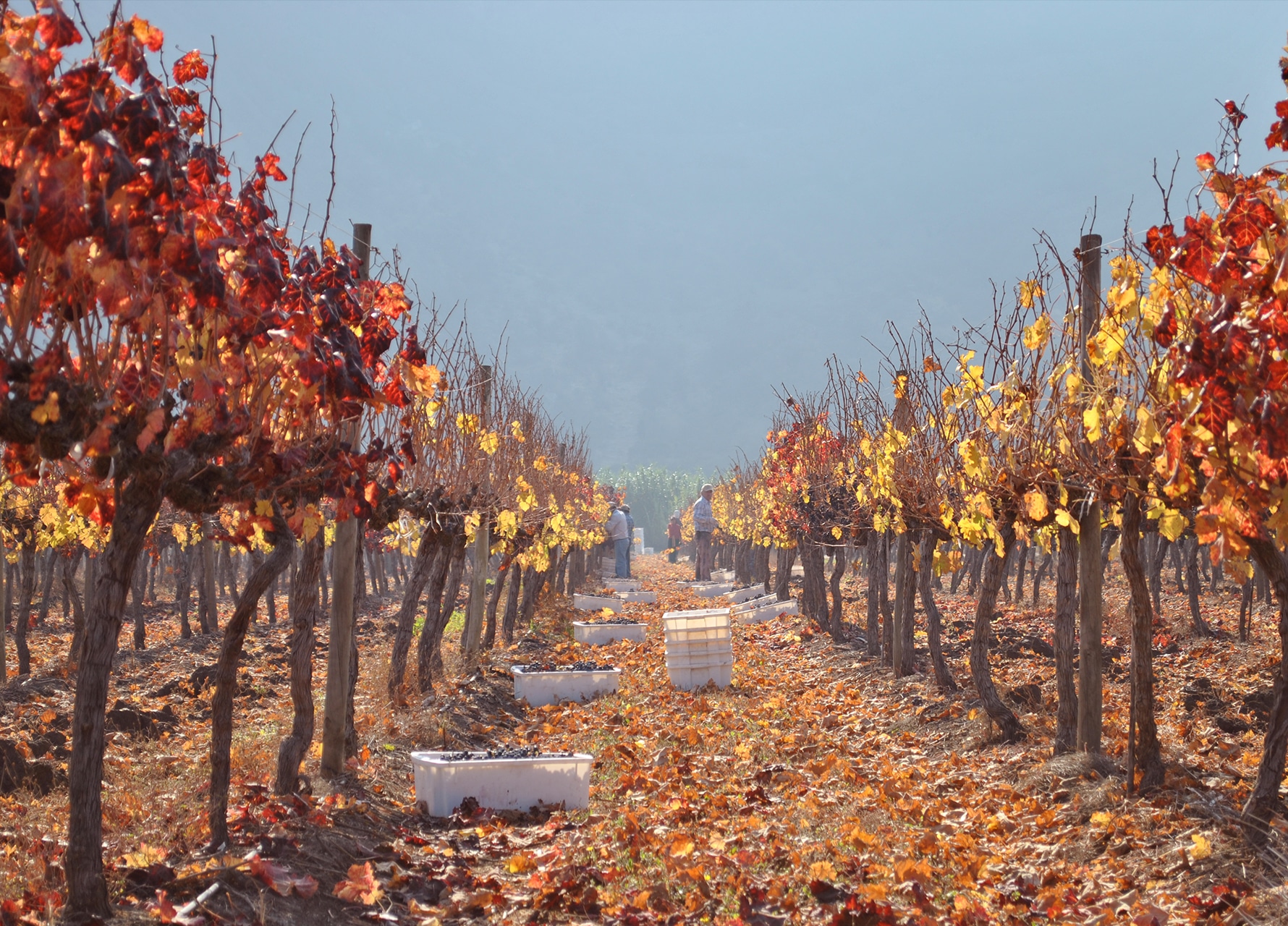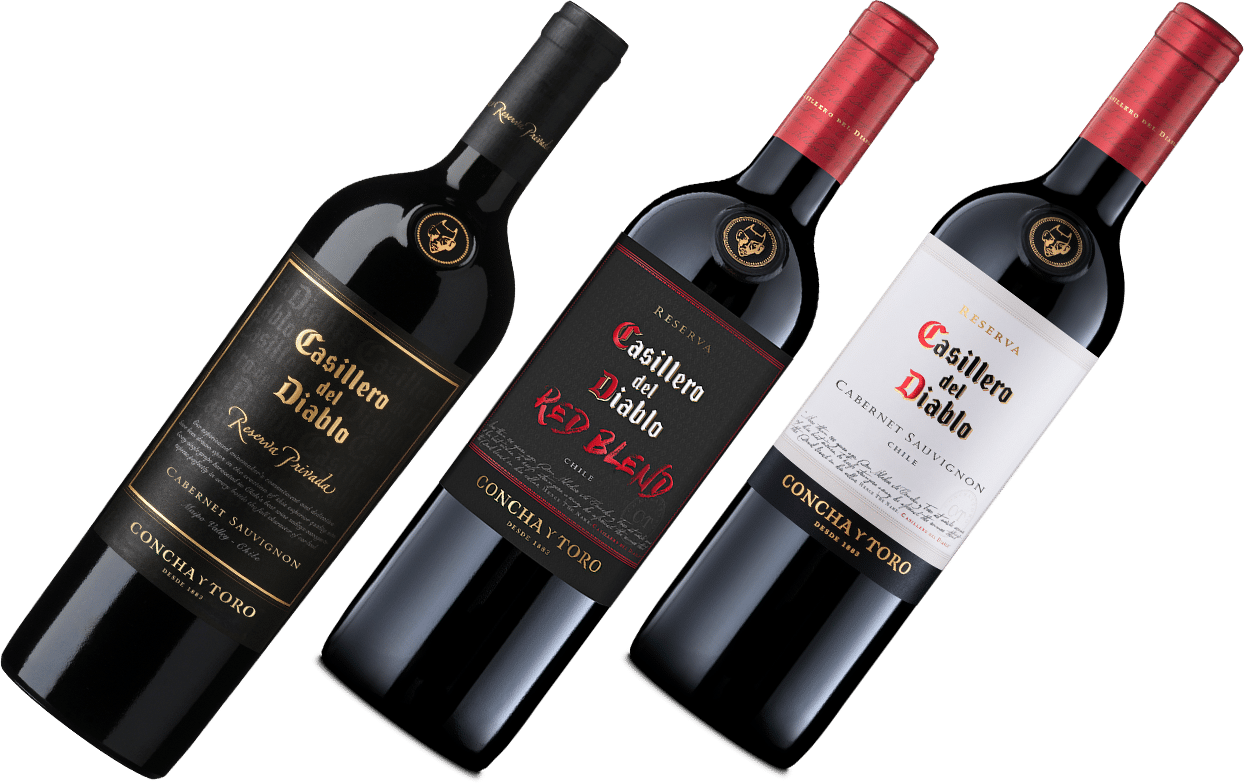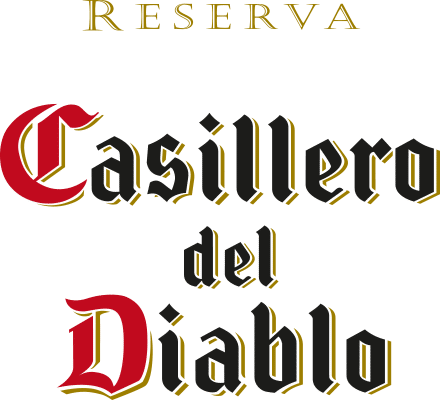
Why Maipo Valley Is Chile’s Oldest New Frontier
The wine industry categorizes Chile as a New World producer, yet the country’s winemaking history reaches back to the 1500s. Granted, it was the Spanish Missionaries who brought grapes from the motherland to South America. But they had the foresight to recognize Maipo Valley as an Eden for viticulture. Today, this historic region seamlessly blends tradition with cutting-edge technology, positioning Maipo Valley producers as leaders in Chilean wine.
Understanding Maipo Valley’s position nestled within the center of the country, helps illustrate why it’s so good for wine. The region is delineated in the north by sprawling Santiago, in the south by the Rapel Valley, and to the west by the Coastal Mountains. This mountain range works as a rain shadow, blocking cool coastal air to maximize Maipo’s grape-ripening sunshine and warmth. Add well-drained soils and access to the Maipo River for irrigation, and it’s easy to see why grape growers pioneered the area.
Big, structured, world-class reds weren’t what the first farmers had in mind, though. Goals were simpler: drinkable wine from grapes like País and Muscat. Old vines of those varieties still exist in some parts of southern Chile, but in Maipo, French varieties eventually took over, leading to Maipo’s enduring moniker: the “Bordeaux of South America.” Even today, winemakers such as Casillero del Diablo’s Sebastián Rodríguez age select red wines in French oak barrels for greater complexity, expressing Chile’s soil, marine fog, and mountain snowmelt through its celebrated flavor profiles.
Today, top wines come from Bordeaux-style blends of Cabernet Sauvignon, Merlot, Cabernet Franc, Malbec and Carmenère, the latter taking hold as a signature of Chile in single-varietal bottlings. Some of the greatest estates, established in the mid-19th century, persist today, winning awards and critical acclaim, proving that what once was old is new, again.



